Table of Contents
- Why Bonding with Your Dog Matters
- How to Build a Strong Human-Dog Relationship
- Common Mistakes That Weaken the Bond
- Bonding Through Everyday Life
- Strengthening the Bond Through Training
- Maintaining Connection Outdoors Despite Distractions
- Bonding with Puppies, Adolescents & Rescue Dogs
- FAQ
- Conclusion
Why Bonding with Your Dog Matters
A strong bond between dog and owner is the foundation of trust, obedience, and a happy life together. Dogs are social animals that seek security and guidance from their humans. Without a healthy bond, dogs may develop insecurity, behavioral issues, or even anxiety. On the other hand, a stable relationship ensures your dog feels safe, connected, and eager to cooperate.

How to Build a Strong Human-Dog Relationship
Bonding doesn’t happen overnight – it’s the result of consistency, patience, and shared experiences. Dogs quickly learn whether they can trust their humans. Clear communication, consistent rules, and positive attention form the pillars of a healthy relationship.
Common Mistakes That Weaken the Bond
- Inconsistency: Allowing something one day and forbidding it the next confuses dogs and causes stress.
- Harsh punishment: Fear blocks trust. Reward-based training is far more effective.
- Neglecting attention: Dogs need shared time, play, and mental stimulation.
- Overwhelming the dog: Too many demands at once can create anxiety and confusion.
Bonding Through Everyday Life
Real bonding happens in daily life, not just during training sessions. Small rituals, playful activities, and calm companionship make the difference.
- Routines & Rituals: Consistent mealtimes and daily walks provide security.
- Play together: Games like fetch, tug, or scent games build trust and teamwork.
- Quiet companionship: Relaxing together, cuddling, and calm presence deepen the connection.
Strengthening the Bond Through Training
Training is more than obedience – it’s communication and teamwork. The right exercises strengthen trust and cooperation.
- Clicker training: Clear signals paired with rewards build motivation (learn more).
- Trust exercises: Eye contact training or a reliable recall enhance confidence.
- Impulse control: Exercises like waiting at the food bowl or calmly sitting at the door teach respect and self-control (read more).
Maintaining Connection Outdoors Despite Distractions
The real test of bonding shows outside – surrounded by smells, wildlife, and other dogs. Long-line training, structured rewards, and consistent rituals help keep your dog’s attention even in distracting environments.

Bonding with Puppies, Adolescents & Rescue Dogs
Each life stage requires a slightly different approach:
- Puppies: Lots of closeness, playful learning, and short positive training sessions are key.
- Adolescents: During puberty, dogs may test limits – patience and consistency are essential.
- Rescue dogs: Often need extra time and calm leadership to learn trust at their own pace.
FAQ
How long does it take to build a strong bond with my dog?
It depends on the dog. Puppies usually bond within weeks, while rescue dogs may need several months.
Can I improve my bond with my dog later in life?
Yes – through consistent training, shared activities, and positive reinforcement.
Can too much closeness be harmful?
Yes, if it creates dependency. Dogs also need to learn independence. Bonding means trust, not clinginess. Tips can be found in our guide Teaching your dog to stay home alone.
Conclusion
A strong bond between you and your dog is built on trust, clear communication, and meaningful experiences. By establishing routines, training consistently, and showing loving attention, you create a relationship that lasts a lifetime – built on respect, companionship, and true friendship.


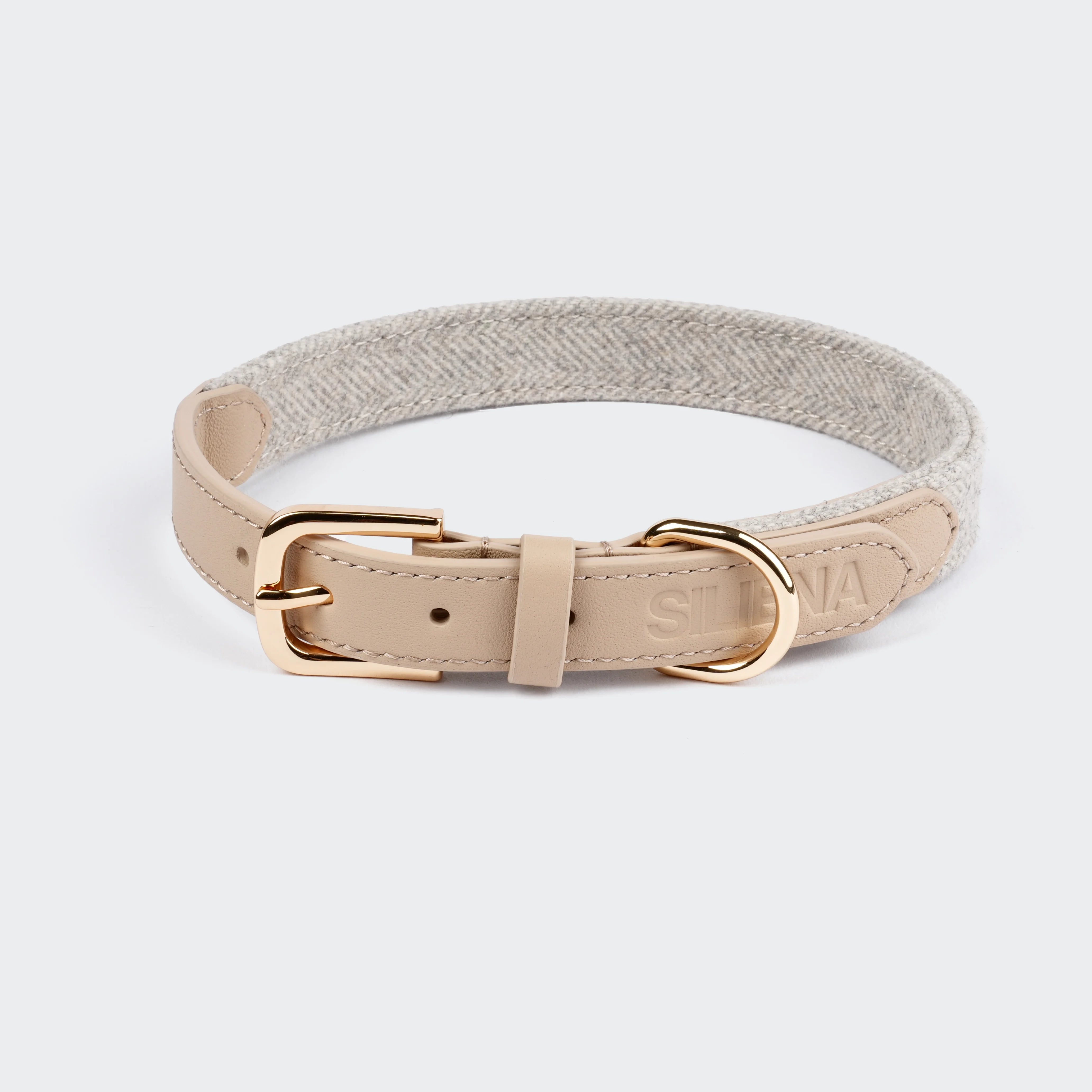
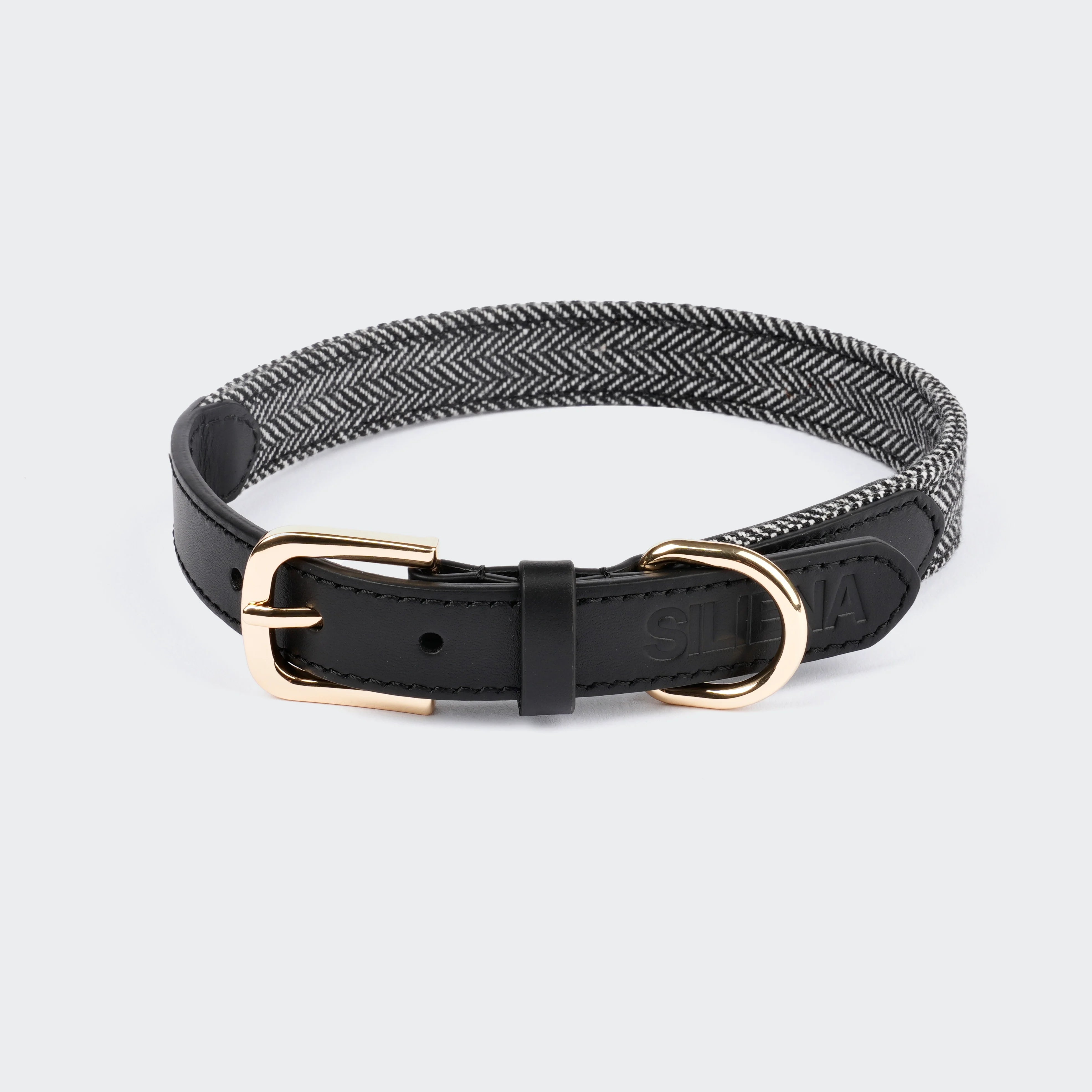
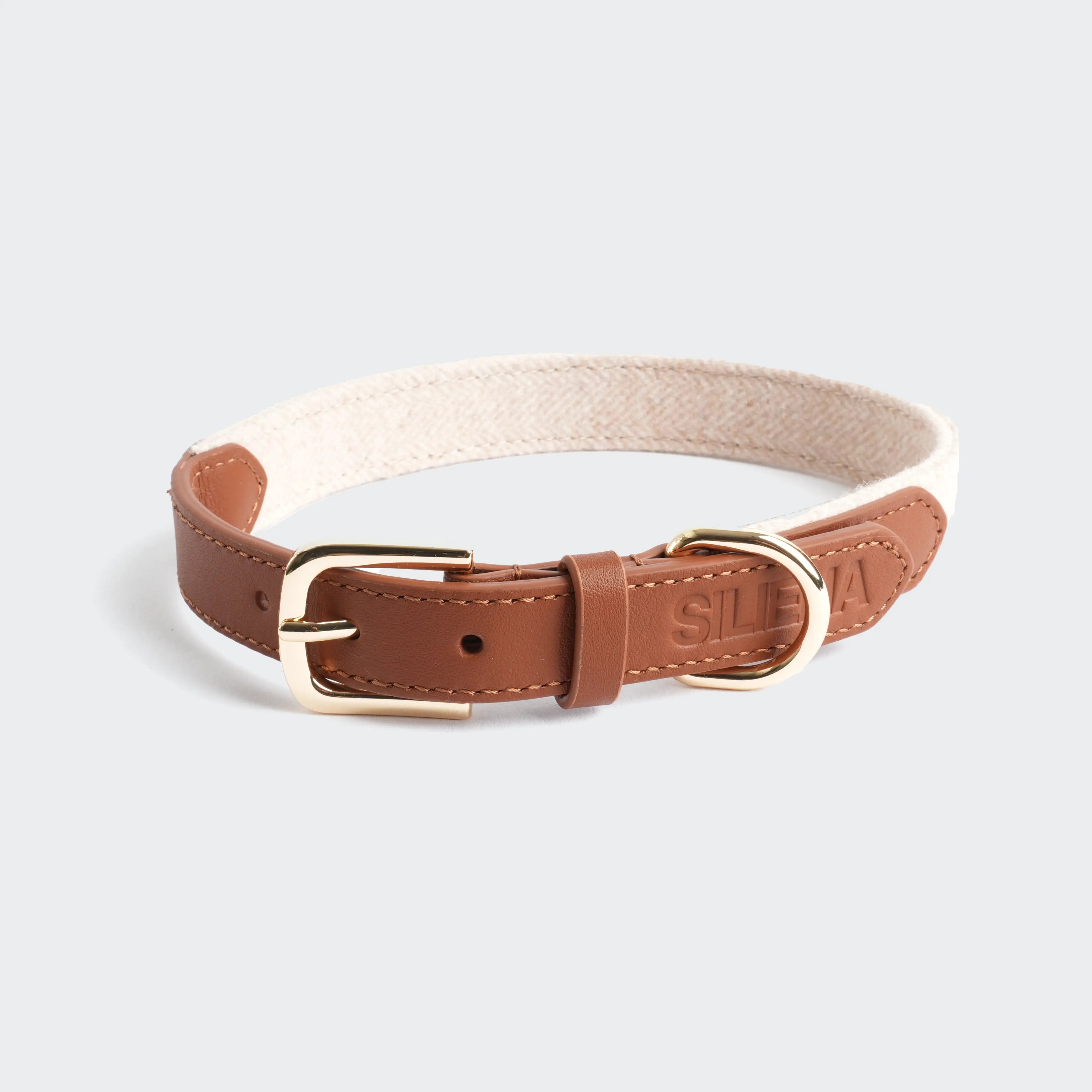
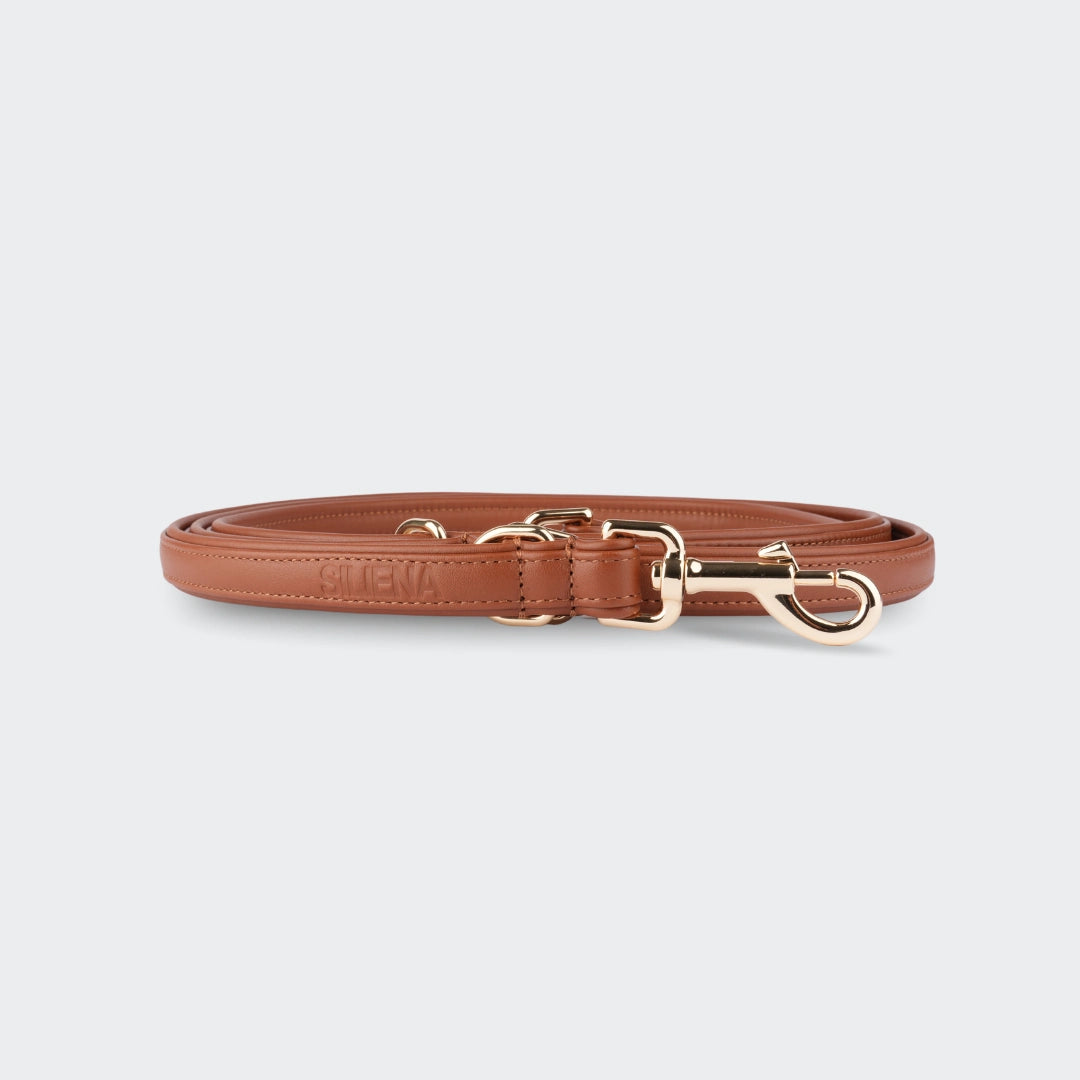
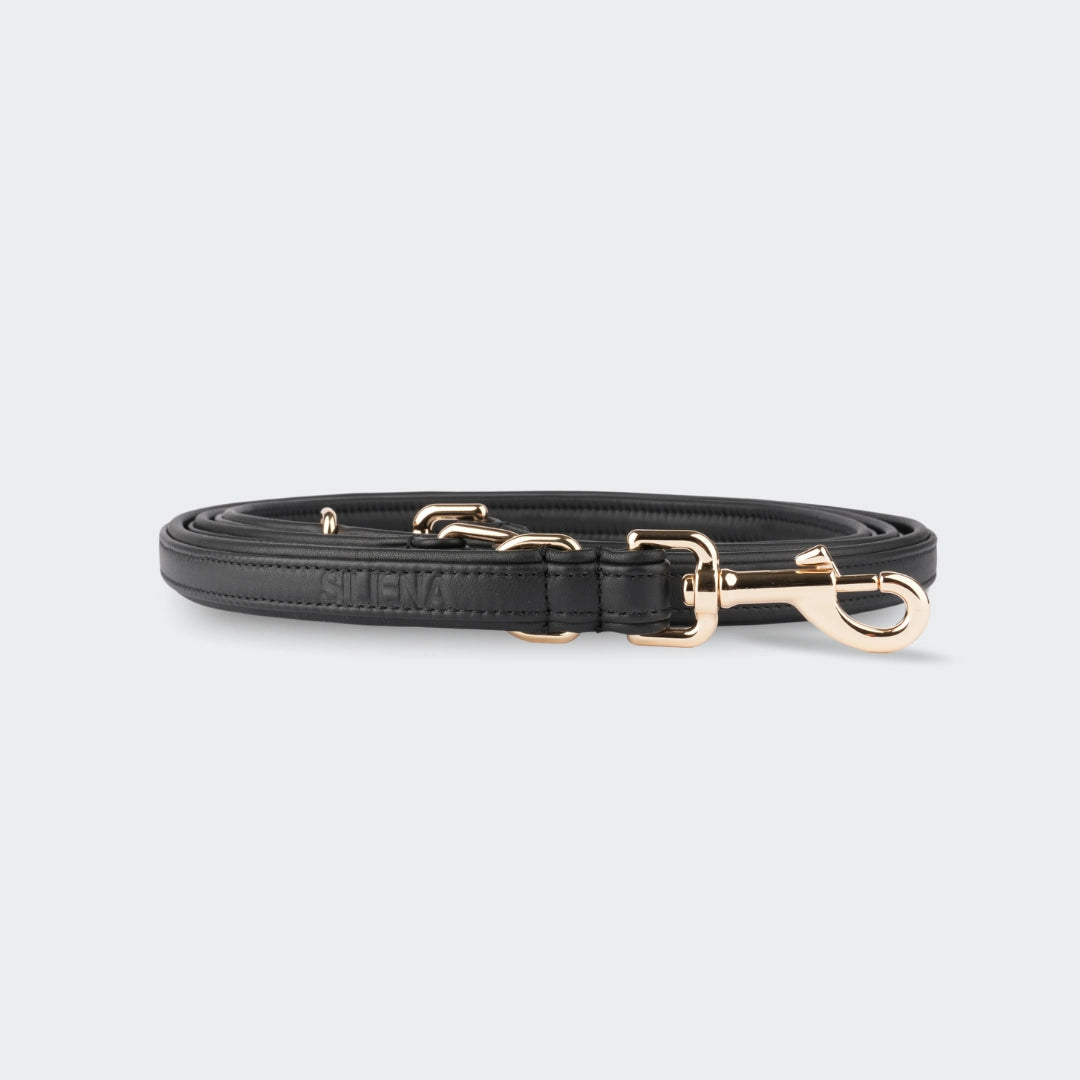

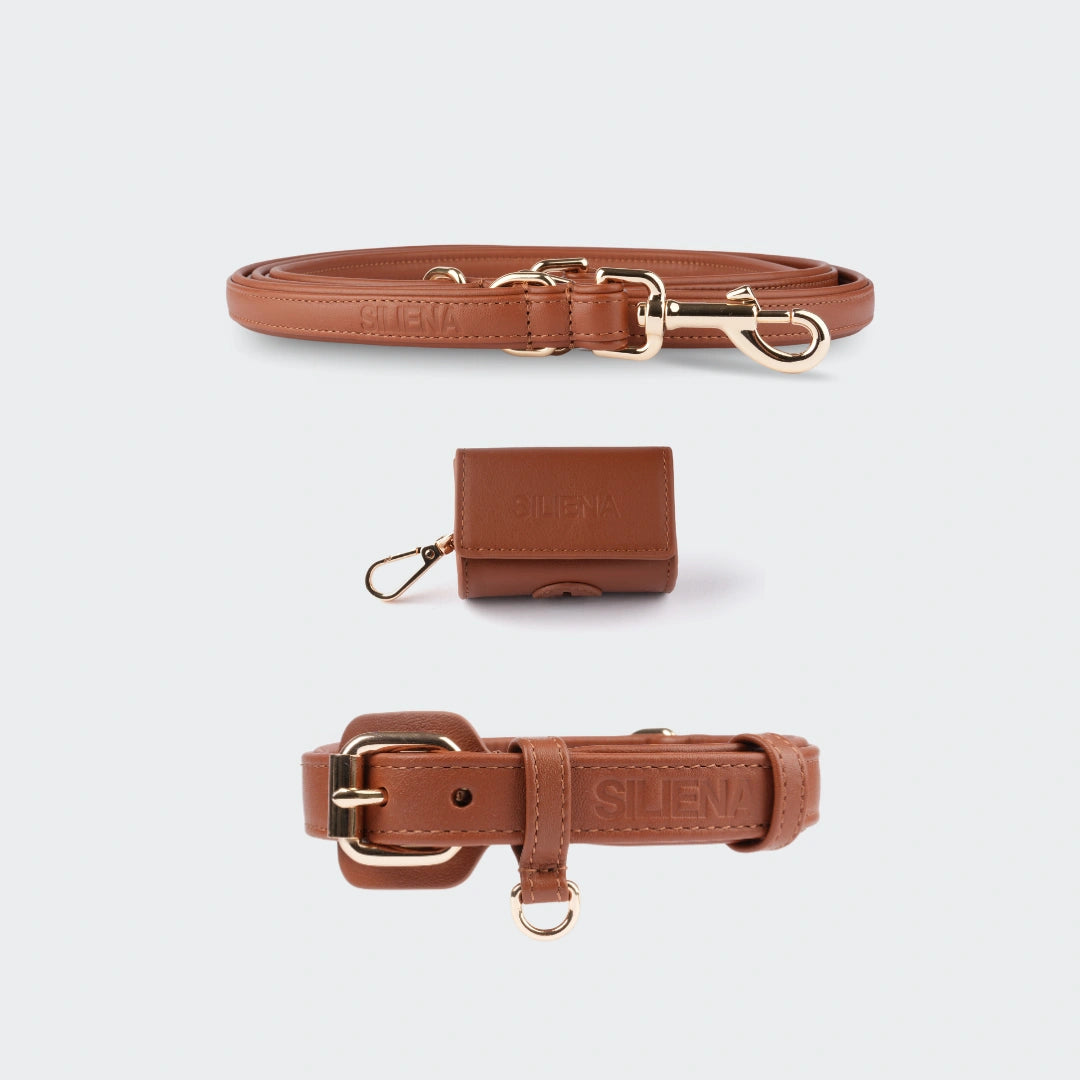
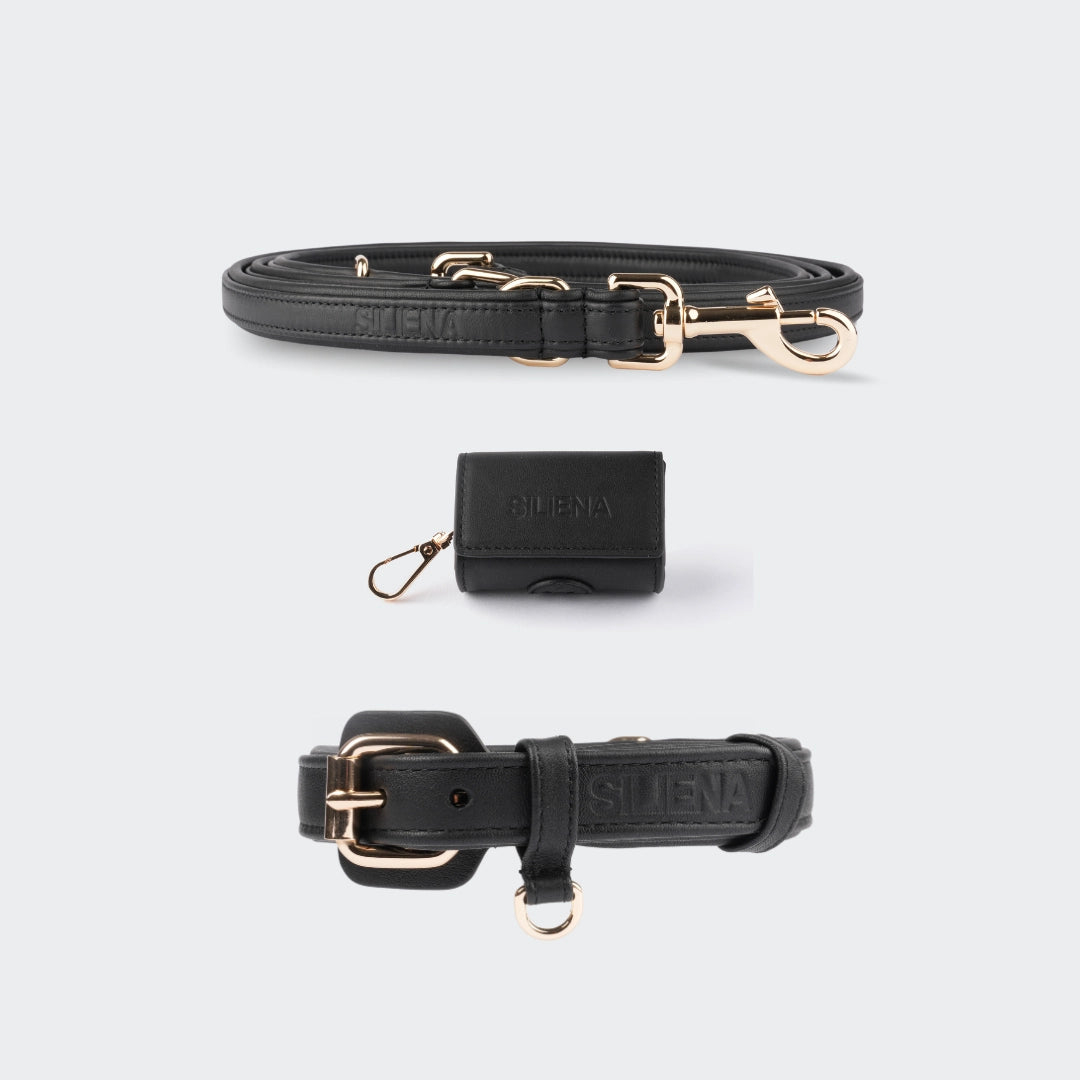
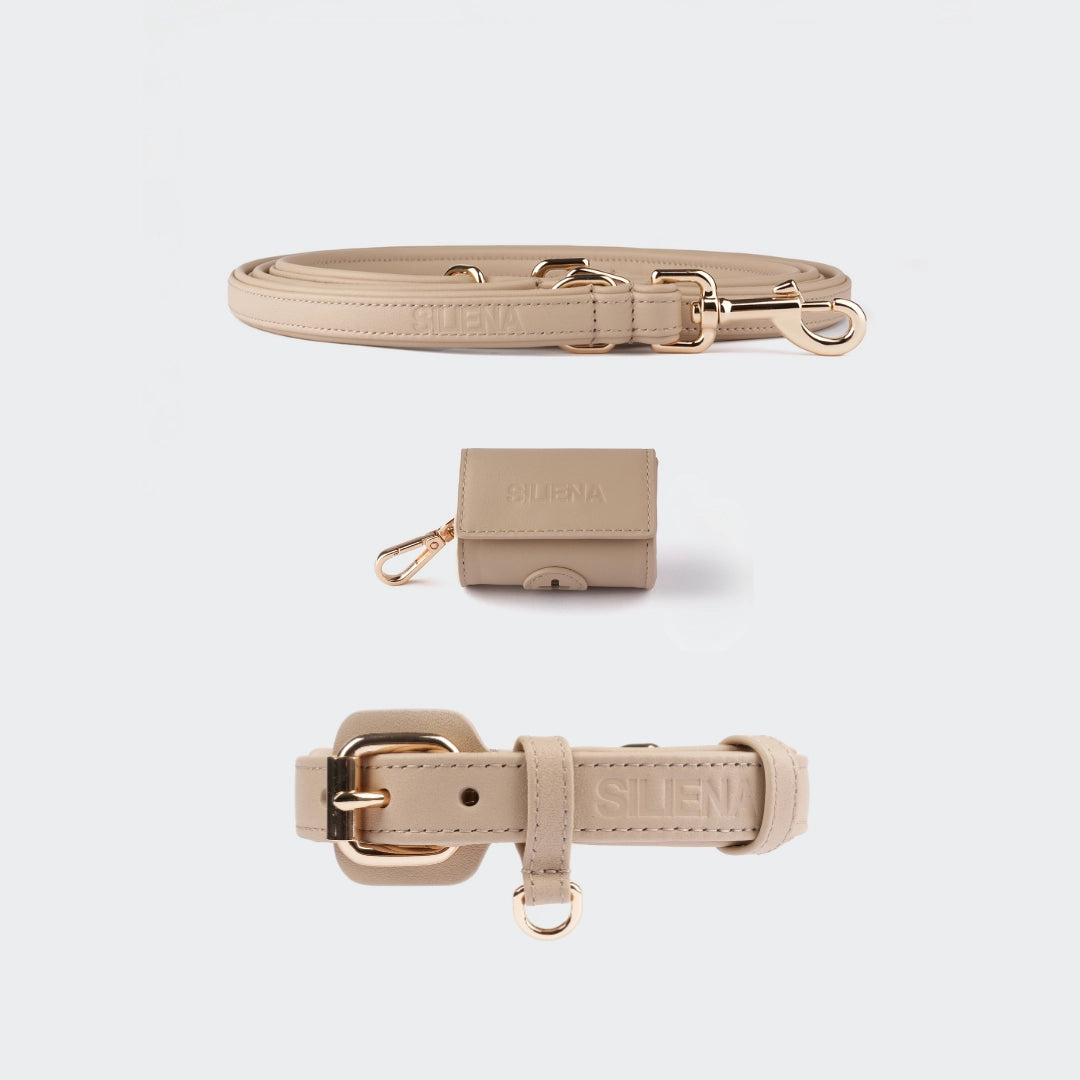
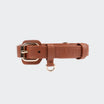






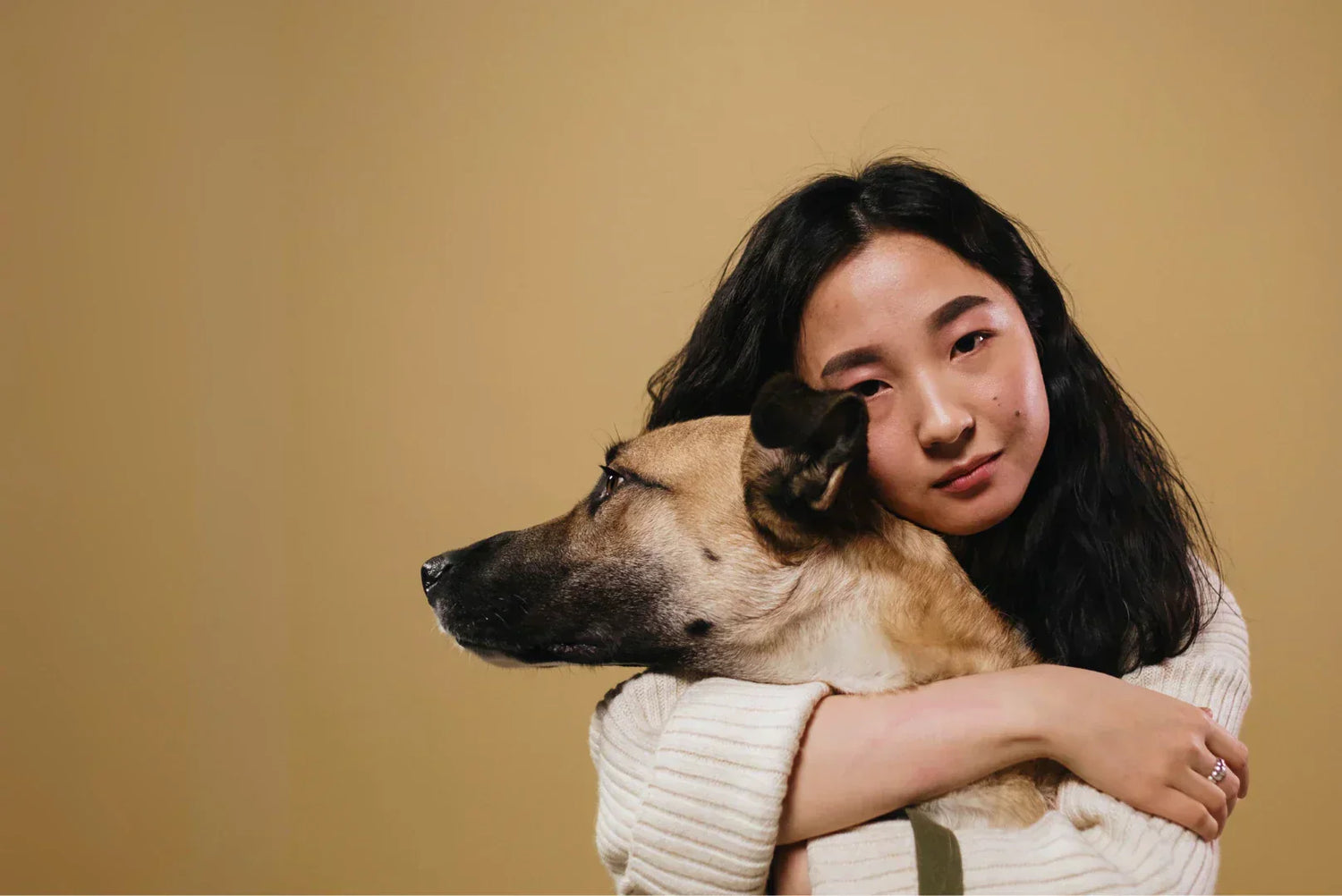




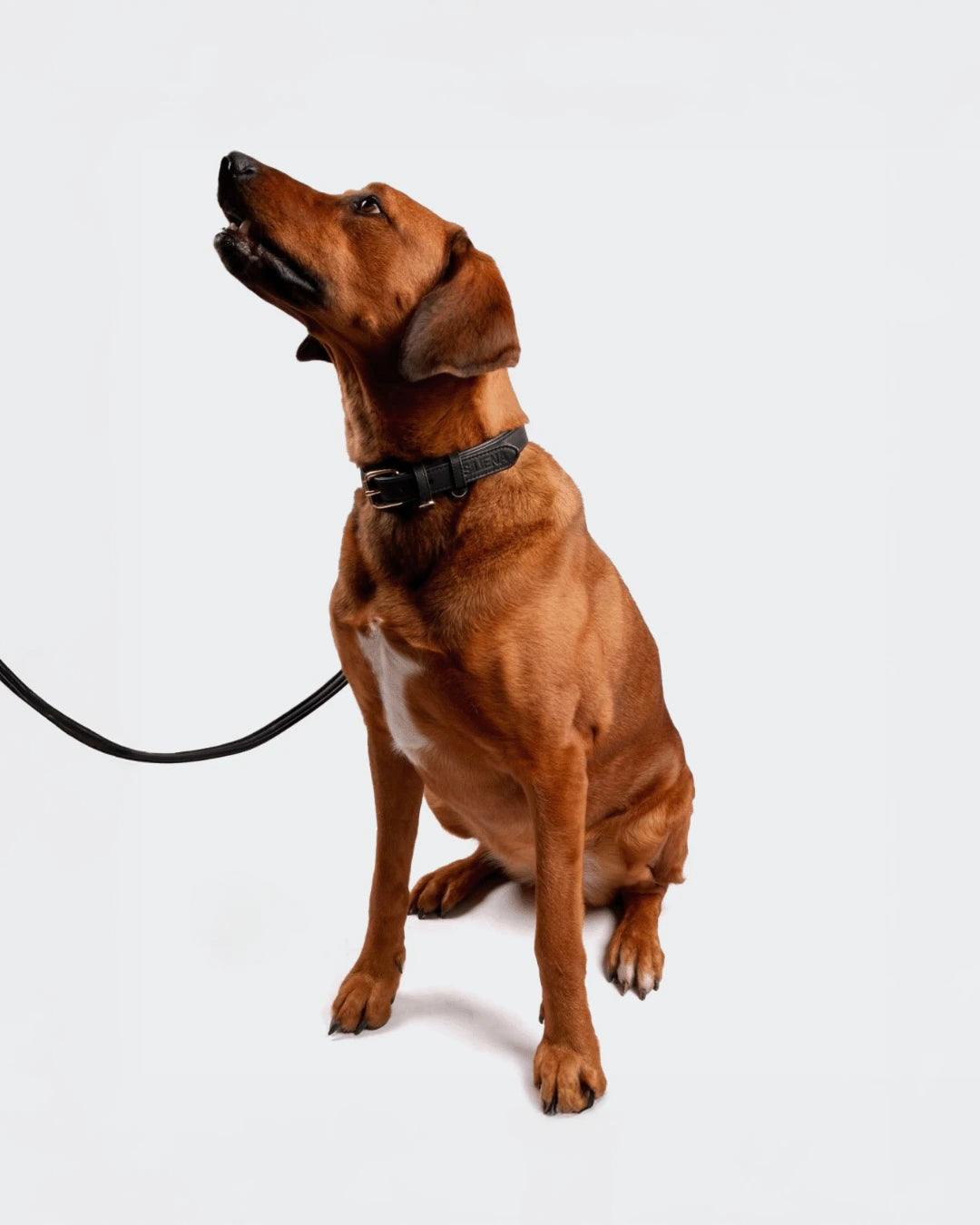
Leave a comment
This site is protected by hCaptcha and the hCaptcha Privacy Policy and Terms of Service apply.